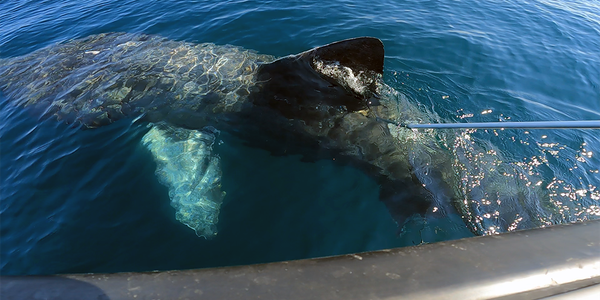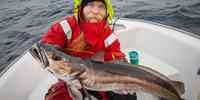News
Result: (291) Showing 31 - 60

IMR launches its own “shark hotline”
15.06.2023

news
Plastic waste and rocks form chemical bond
15.05.2023

story
This is how you catch a hake
02.03.2023

news
Tagging a furious shark
20.09.2022

– Quota recommendations virtually unaffected
06.09.2022























